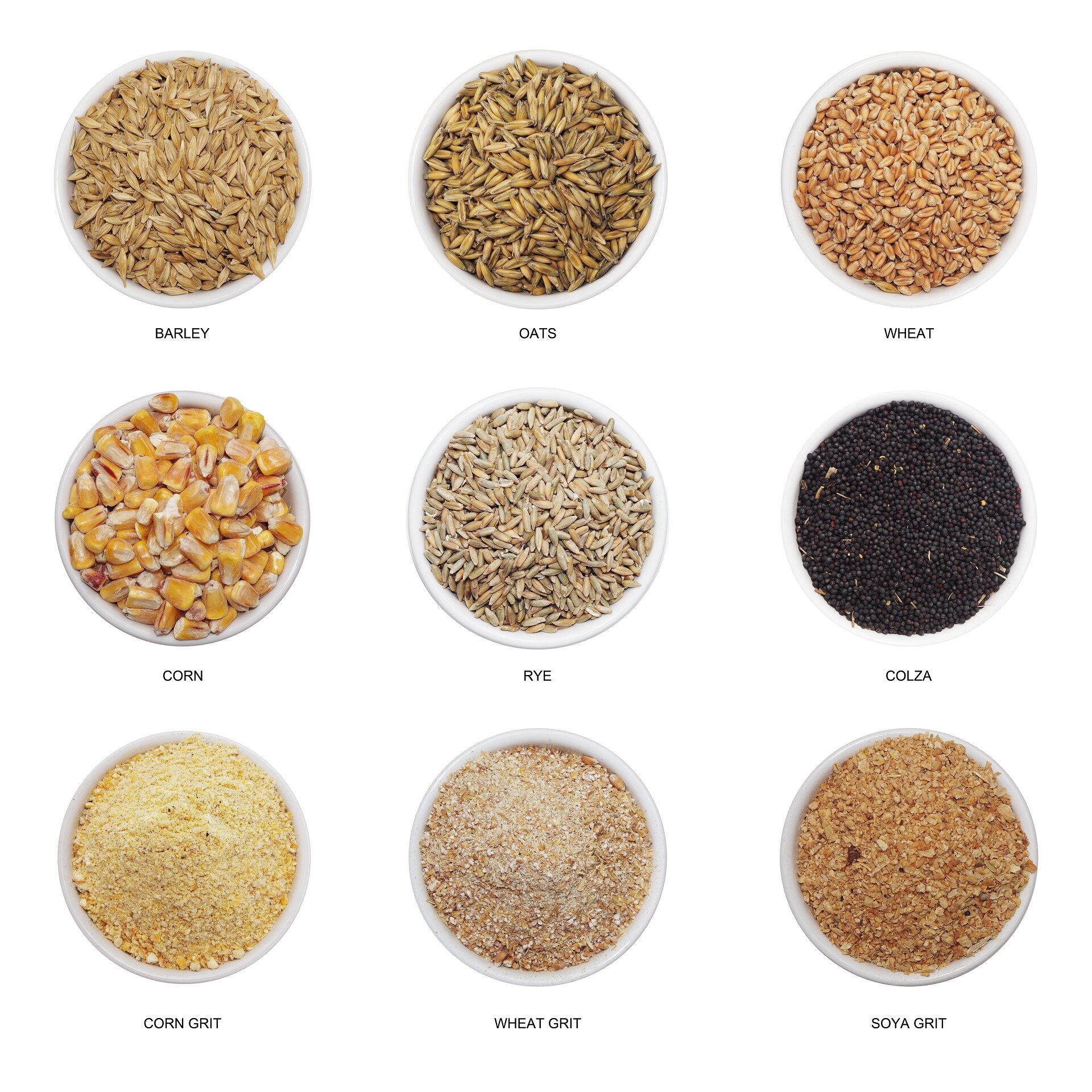The Whole Truth About Whole Grains and Your Health
Time to quarantine-clean this nutrition pitfall
Quarantine brings about a spring-cleaning frenzy like never before and the drawers of our dietary habits deserve a similar refresh.
Many of our food choices are automatic and made without full knowledge or awareness, and grain especially suffers from dietary confusion.
Yes, highly processed grains are fast absorbed, cause blood sugar spikes, and are linked with bad outcomes, but whole grains are good for you. Eating whole grains is associated with lower risk of heart disease, type 2 diabetes and colon cancer. Whole grains are associated with digestive health and lower rates of obesity. A recent study in the Lancet suggests that low intake of whole grains is the leading dietary risk factor for death and disease in the USA, and that 3 million yearly deaths globally can be attributed to low consumption of whole grains.
Why aren’t people eating wholesome grains? Why is it that despite repeated recommendations to eat at least half of total grains (and at least 3 ounces) as whole grains fewer than 10 percent of Americans do so?
According to a new paper in Appetite people don’t even know what whole grain means. And that’s not the only gap in knowledge that stands in their way.
Whole grain confusion
Through a series of focus groups the researchers explored the knowledge, perceptions and attitude of Australian consumers.
The participants were asked 12 questions that were discussed in detail, such as: Do you know what the term whole grain means? How is it different to refined grain? Can you name some whole grain foods? How would you identify whole grain foods at the supermarket? Can you name any health benefits of whole grains?
A few patterns emerge:
Although people think whole grains are healthier than refined grains they struggle with naming any long-term benefit, and could name no specific reason for the recommendations.
People don’t know how to identify whole grain foods. The main tool they use to identify bread as whole grain was finding “Whole Grain” printed on the label.
Another obstacle to consuming whole grain is suspicion of all carbohydrate-based foods – all grain foods, whole grain foods included, are indeed rich in carbs.
Similar findings were reported among UK teens, in Finland, Italy, the US and elsewhere.
It’s no wonder people are confused. Carbs have been vilified for decades. Then came the gluten-free fad (gluten is a problem for people with celiac, or a gluten sensitivity). Although people love bread, only a few of them believe that whole grain breads are a healthy food.
Somehow, we became so nutritionally confused that we don’t recognize whole grains as the foundation of the human diet from the beginning of time.
Taste, price, and availability
Whole grain products usually cost more than highly refined ones, and not all of them taste great. Access to a good, healthy, affordable loaf of whole grain bread is far from universal, and that’s another major barrier stopping people from adopting whole-grain foods. As you’ll see below, though, eating whole grains can also be very cheap; you don’t need to be a master baker with a sourdough starter you’ve been feeding and caressing over the years to make a bowl of oatmeal, farro or kamut.
How to eat more whole grain
A quick guide to whole grain
What: Whole grains contain the three parts of the grain kernel, the bran, germ and endosperm. Refined grains are stripped of the bran, which contains fiber, B vitamins and minerals, and the germ, which is packed with phytochemicals, healthy fats and vitamins.
Why: Quality carbohydrates, including whole grains, are associated with good digestive health and lower risk of diseases, including heart disease, type 2 diabetes and colon cancer. Please ignore the media onslaught on gluten – if you’re healthy and not sensitive to it, gluten will do you no harm.
How: Choosing a whole grain product should be easier, I know, and unfortunately, “Whole Grain” on the package isn’t a guarantee the product is healthy. I hope that labeling laws will improve and make selection more straightforward, but in the meantime you have to read the ingredient list. Look for “Whole Grain” as the first ingredient in the ingredient list. I also suggest that you take a look at “added sugar” – many breads and grain products add sugar a-plenty which is something you should eat less of.
Bear in mind that one of the best ways to eat whole grains is to make them yourself, and while I’m not suggesting you start baking your daily loaf from wheat grown in your back yard, cooking brown rice, oatmeal (oatmeal is always whole grain), quinoa, farro, and wheat berries is practical, inexpensive and 100 percent whole grain!
Dr. Ayala
“It’s hard to toss old habits but there’s never been a better time to take better care of your health”

